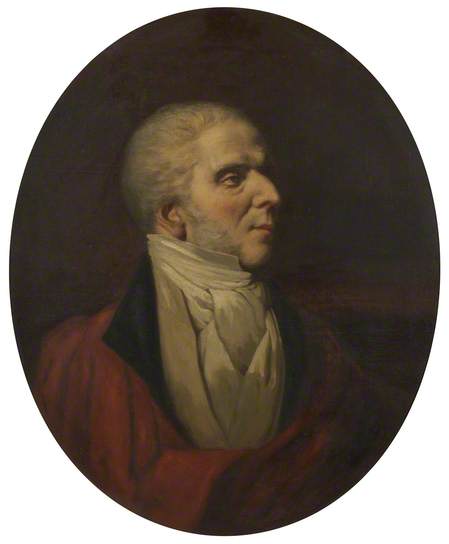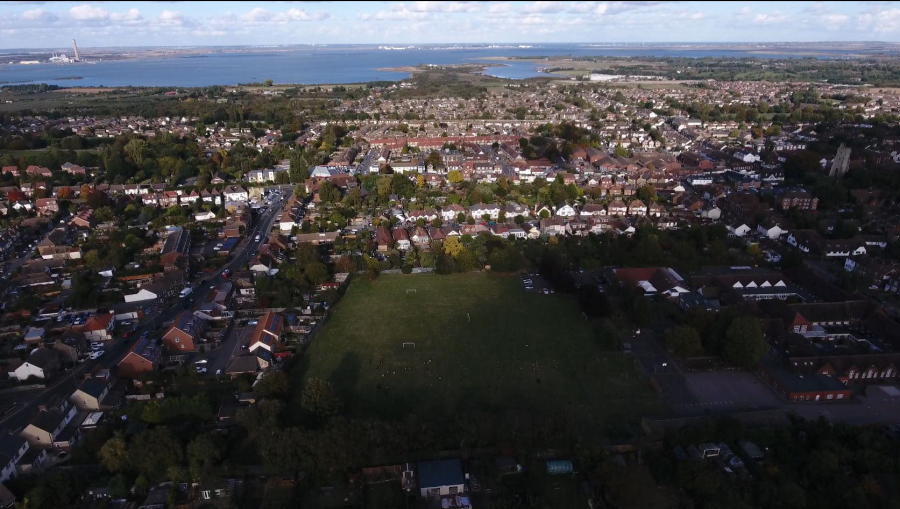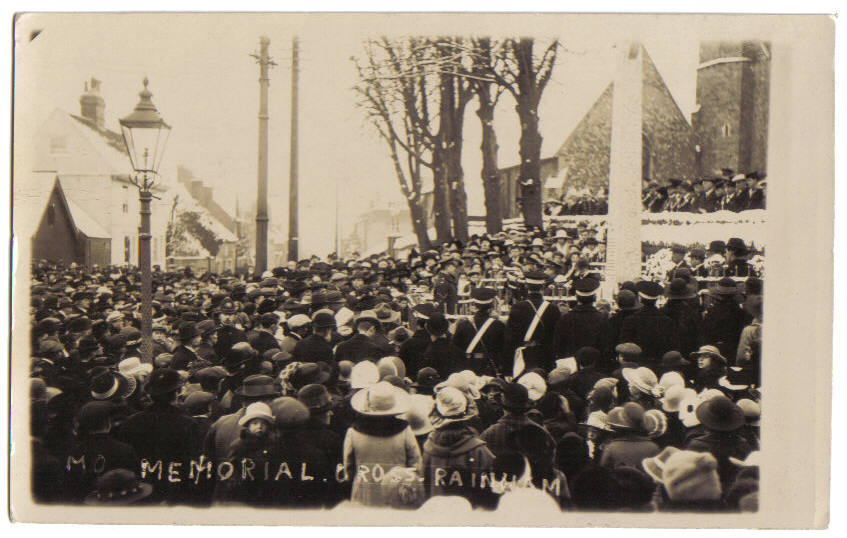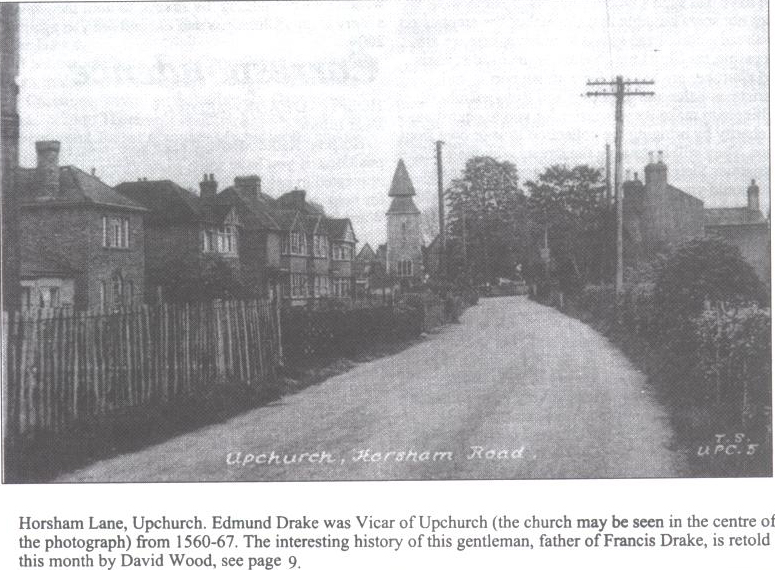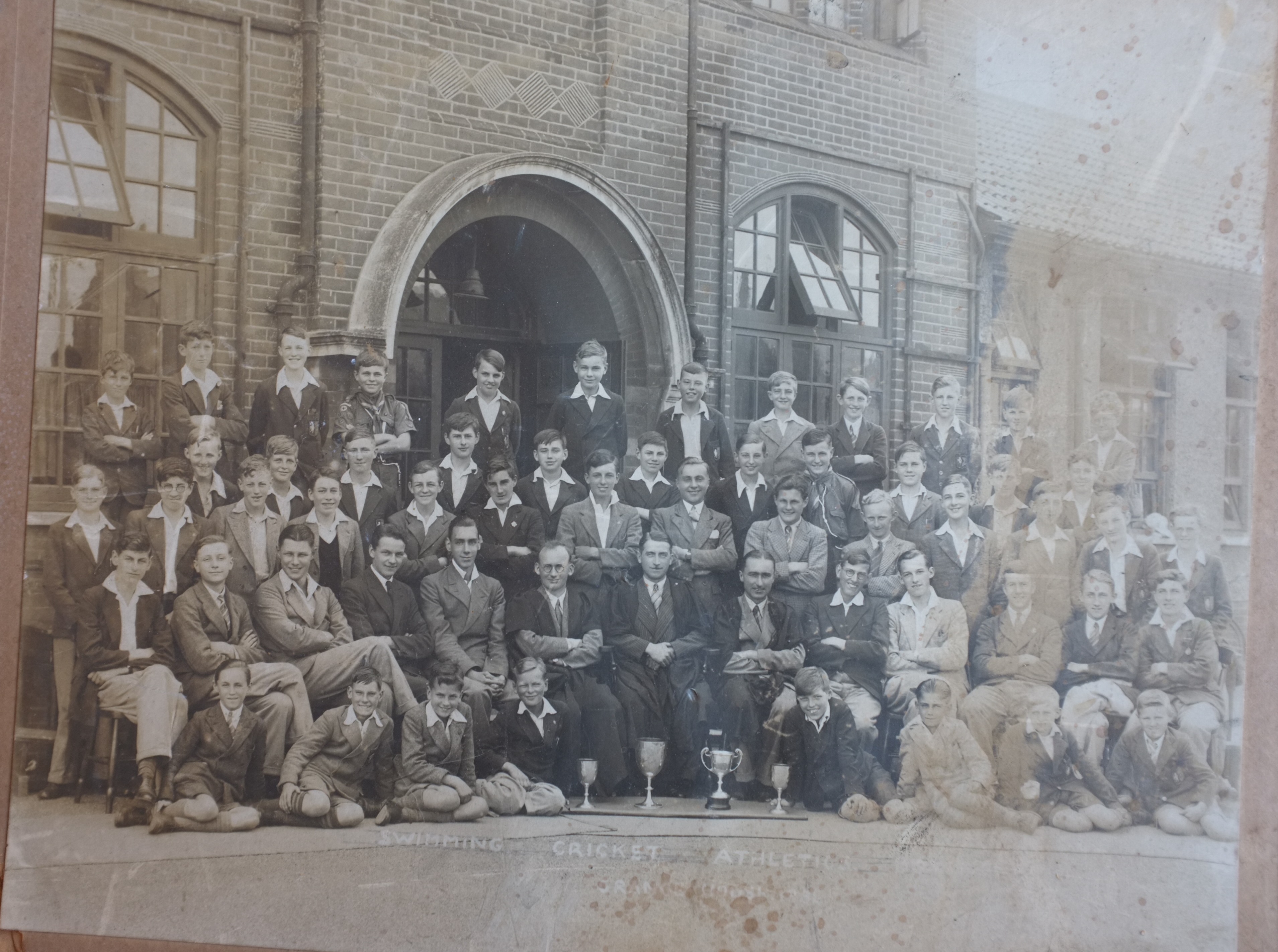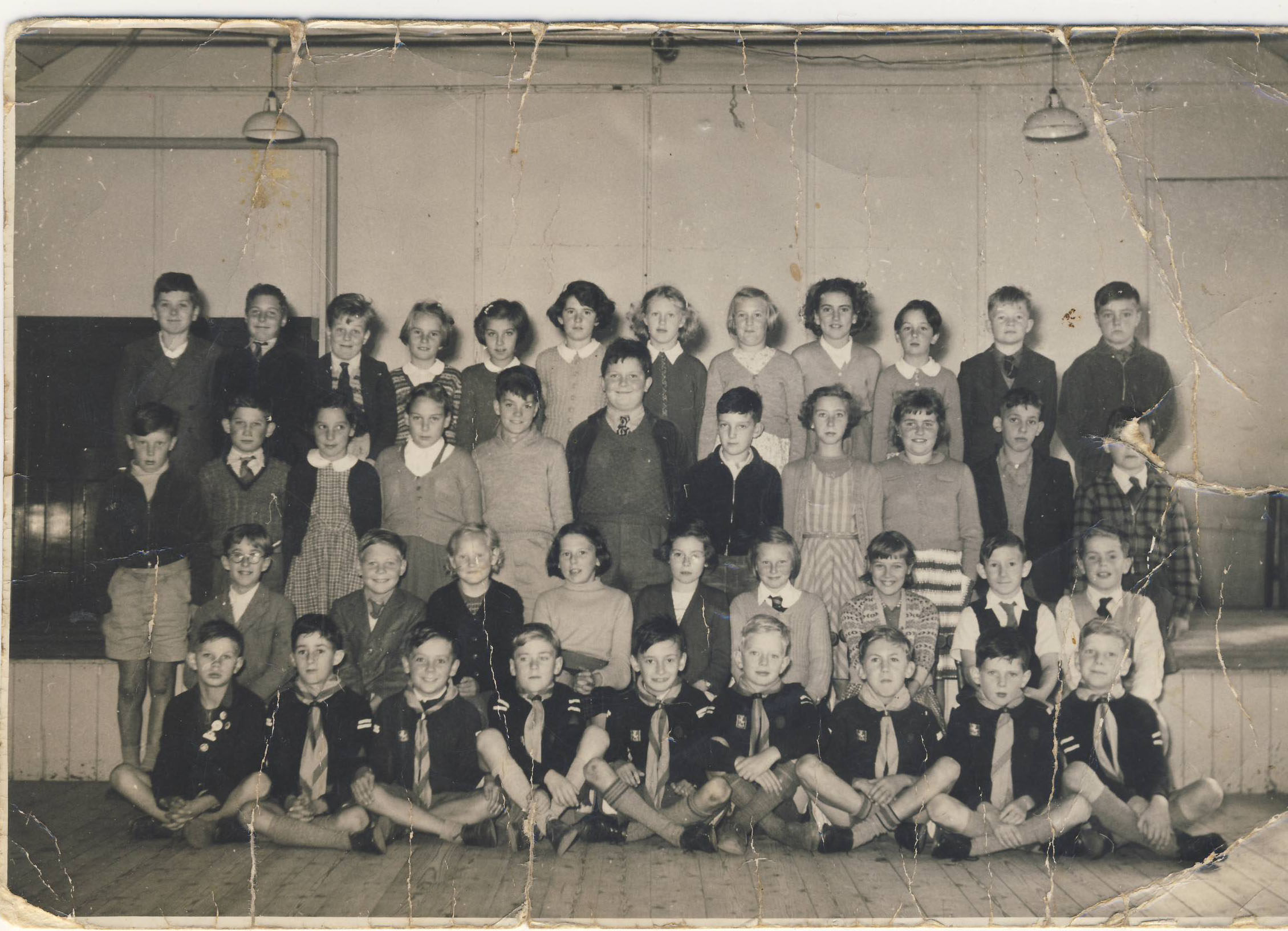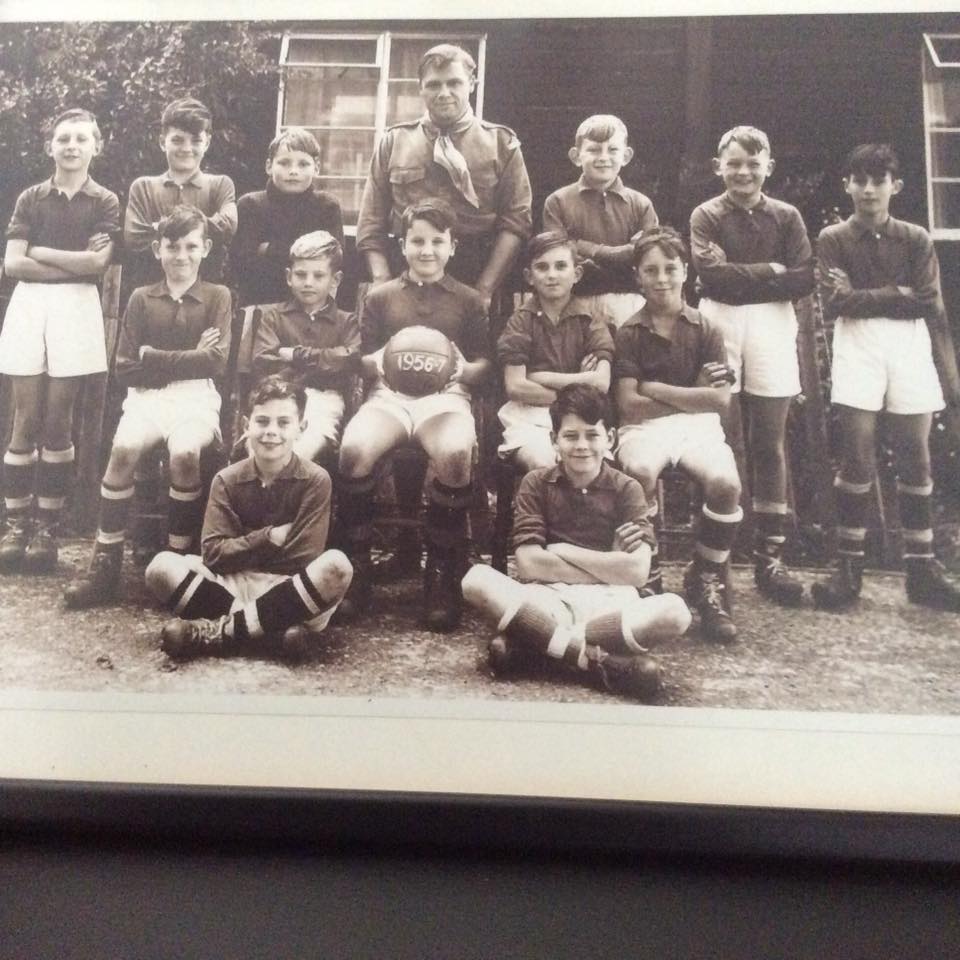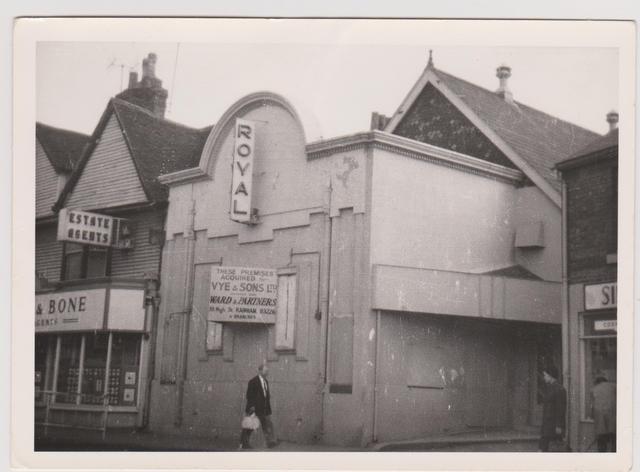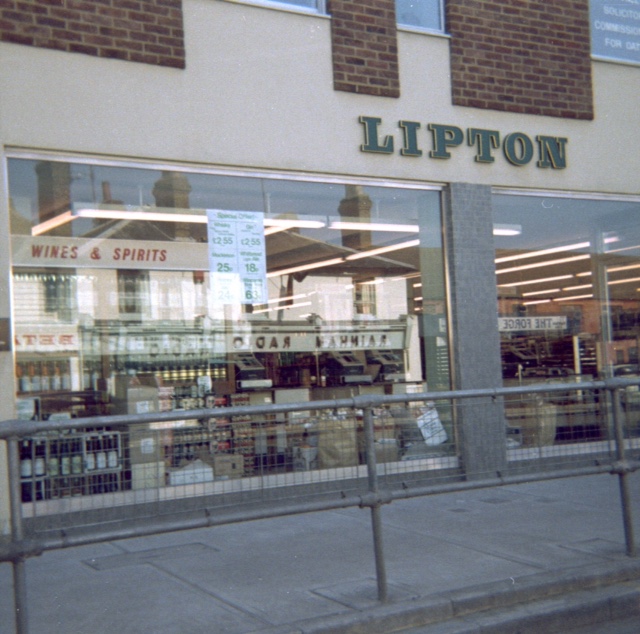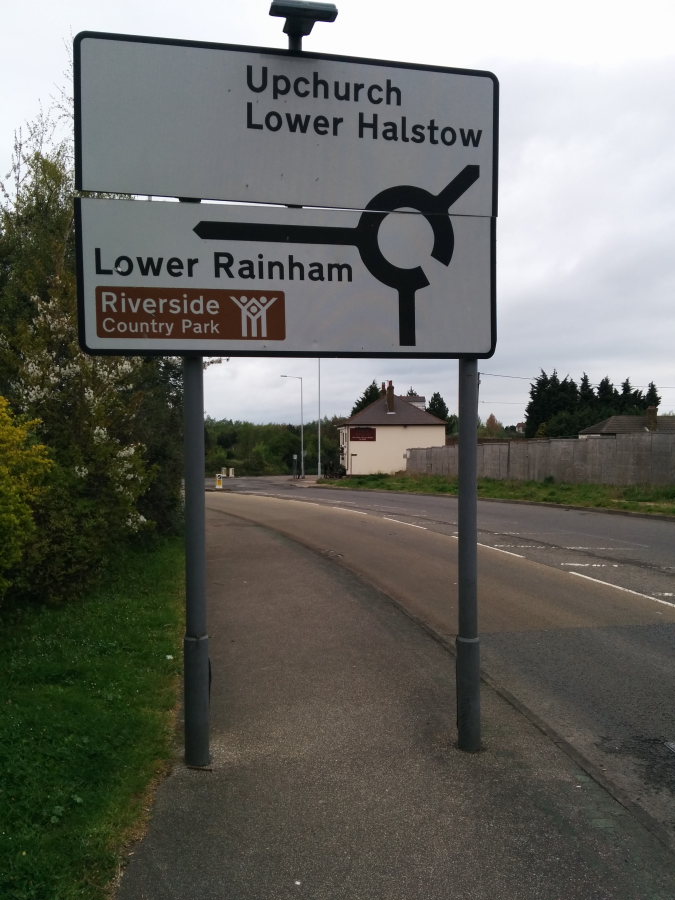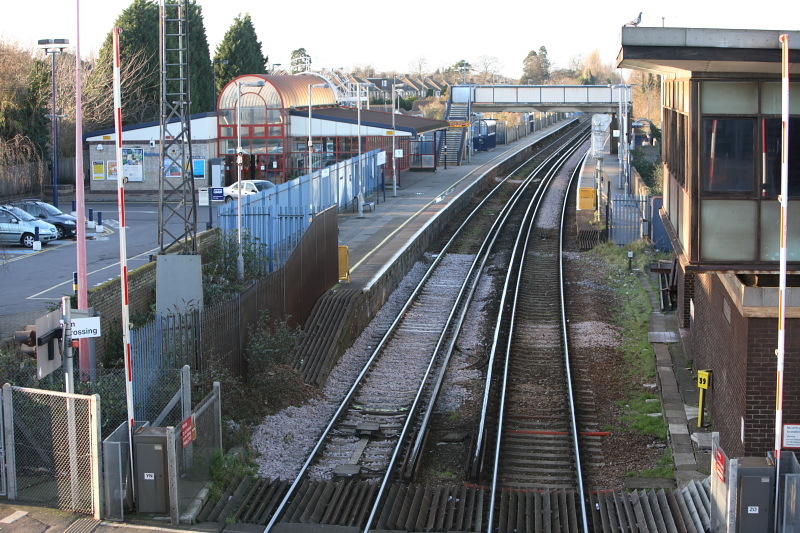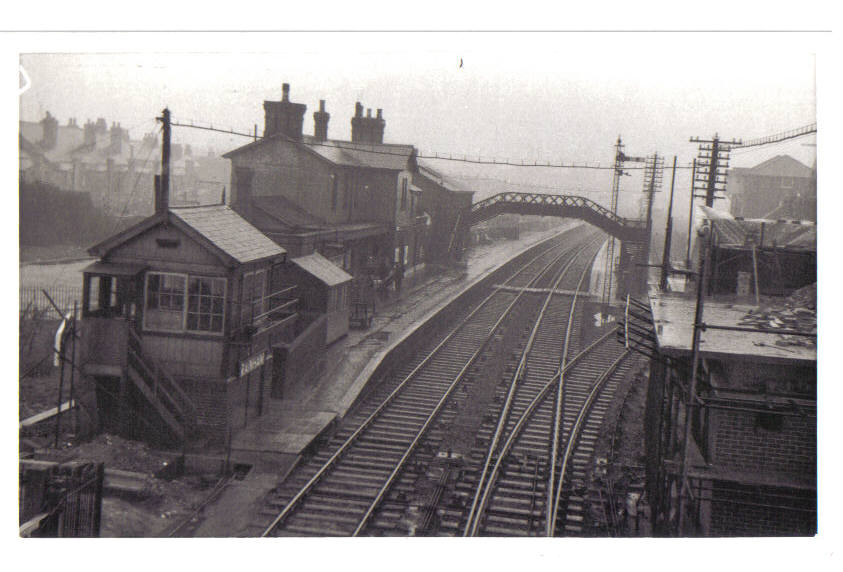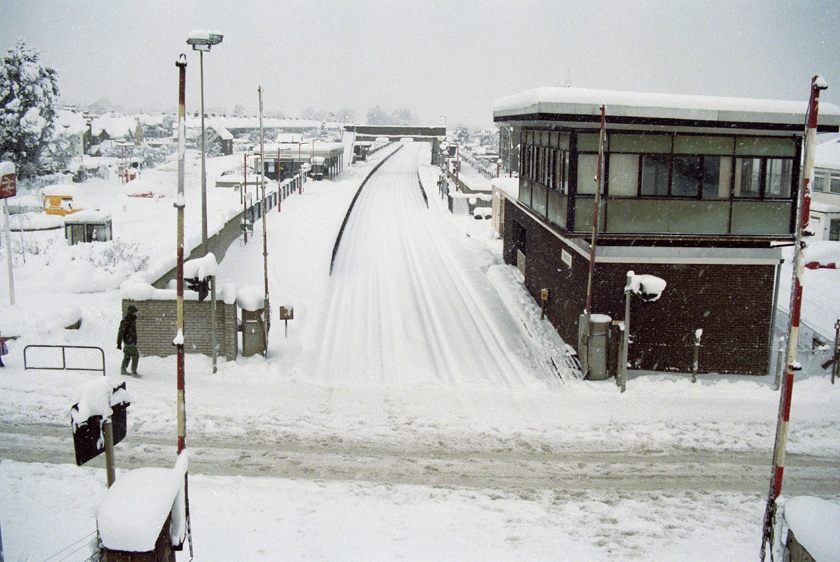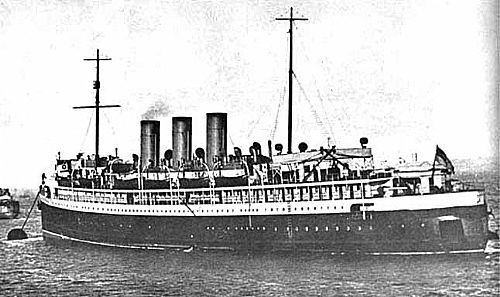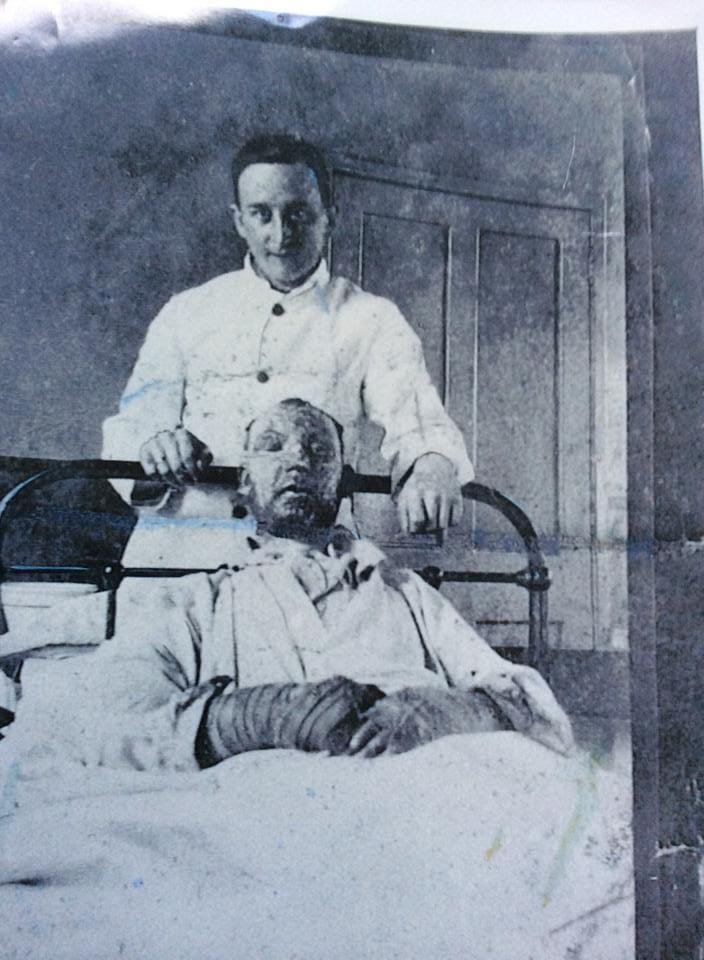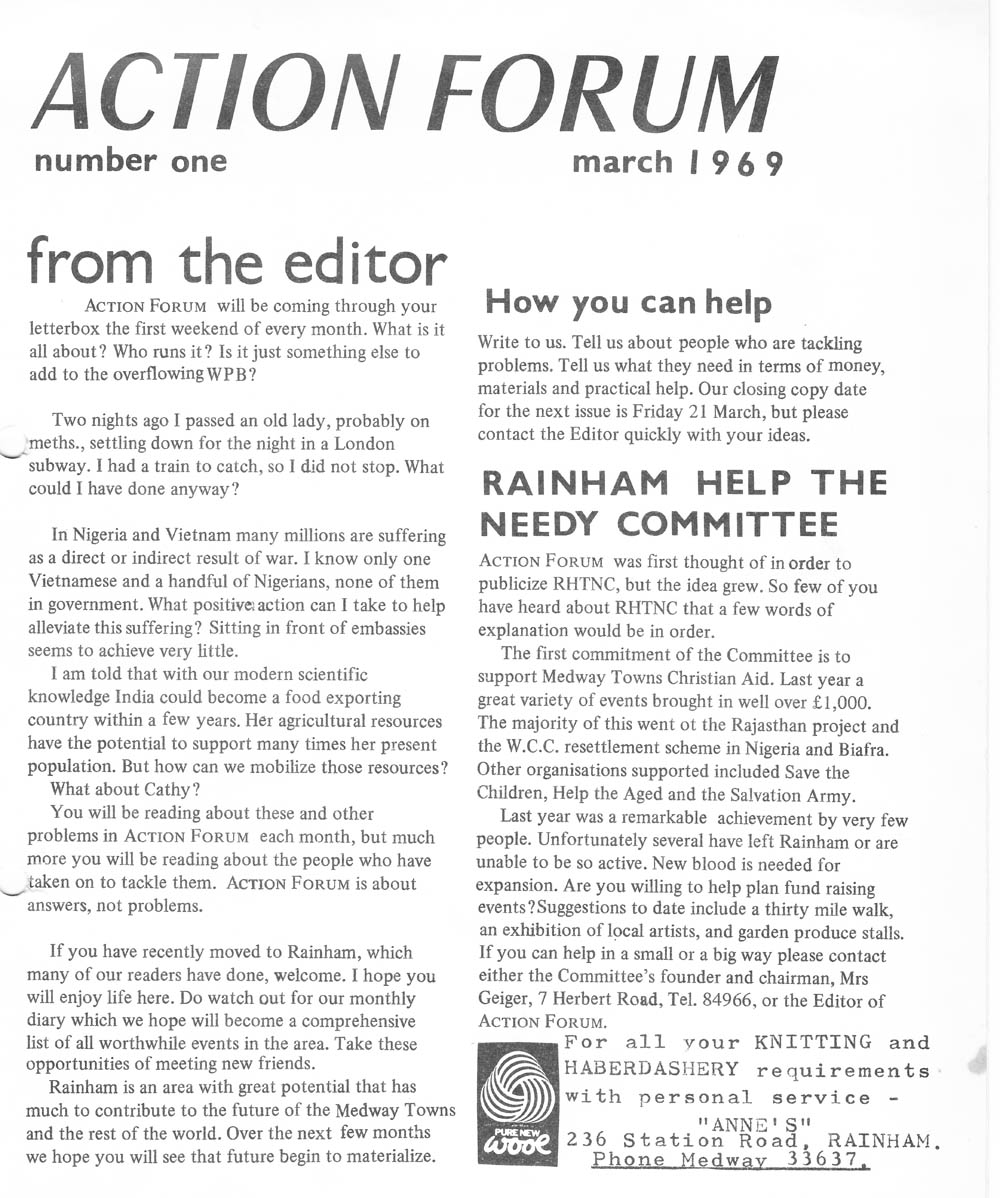Thomas Stanley Wakeley, Evangelist Preacher and Businessman 1832-1897
Born at Moor Street Farm on September 1st 1832, one of seven children which included four brothers and three sisters, Thomas had a strict moral upbringing mainly at the hands of his mother. She had a big influence on him, particularly after the death of his father when he was aged seventeen. She gave him his early training in the evangelical religion and instilled in him a strict moral code.
As a boy Thomas liked hunting, shooting and cricket and continued participating until four years after his marriage. In 1856 he became a founder member of the newly formed Rainham Cricket Club along with his brother Richard Mansfield Wakeley and his future father-in-law Thomas Dodd. He was a bit wild as a teenager with an impetuous nature, stubborn with a lot of determination and became well-known as a shrewd and straightforward businessman with an enterprising and energetic mind in the Wakeley Brothers hop, fruit and brick making business after starting off as a corn merchant.
Thomas got involved in several incidents during his teenage years including one while driving his horse and cart from Rochester to Gillingham. As he approached a drawbridge at New Brompton a brewer’s dray came from the opposite direction. The driver and accompanying mate demanded that he turn back but when he refused they threatened him with violence. Thomas took them on, refused to back down and passed into Gillingham.
Richard Wakeley wrote of his brother in his book ‘Gathered Fragments:’
He had one day been playing in a cricket match about sixteen miles from home, and staying later than most of his eleven who had previously left in a coach and taking more stimulant than was good for him, he became excited, and having a very fast horse, determined to overtake them. To do this he drove at such a furious pace for about eight miles that a friend who was with him became greatly alarmed; then overtaking the coach, he threw the reins into the hands of his companion saying, ‘Now you drive,’ and sitting down in the cart went to sleep…’
Richard Wakeley goes on to describe his brother’s attitude when hunting.
And here I might name that during the very time when my brother was labouring under strong convictions of sin, he went one day to the hunting field to follow the hounds as usual. Always a bold and fearless rider, he surpassed himself in hardihood on that last and memorable occasion; and going quite against his conscience, and urged on, no doubt, by the power of Satan, he rode in such a desperate manner that when he reached home at the close of the day his horse had not a single shoe left to his feet…’
In 1855 Thomas married Marianne Dodd, daughter of Rainham farmer Thomas Dodd and went on to have several children. In 1859 he had a serious accident when he badly cut his wrist in an accident. After this he became concerned about his sins and dedicated himself to religion which dominated the remainder of his life.
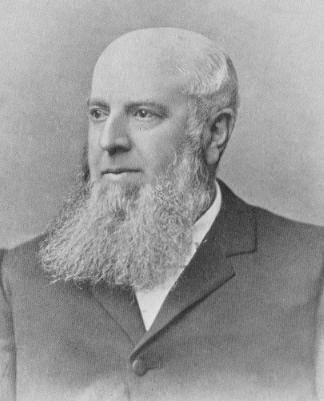
Photo of Thomas Stanley Wakeley, Evangelist Preacher and Businessman
During the late 1850s he viewed himself as a sinner in a letter written to his brothers.
‘I have been a dreadful sinner, but I feel that His mercies are greater than my sins.’
In his early days as a preacher Thomas Wakeley held prayer meetings in the Old Granary at Otterham Quay and in the school room in Rainham but moved to Borstal near Rochester in 1862 where he attended an evangelical church and learnt the doctrine. He eventually became dissatisfied with it and left. He moved back to Rainham in 1864 and remained there until his death.
During the mid-19th century Thomas and his brothers started Wakeley Brothers Fruit and Hop business in Rainham and a brick making business in Poot Lane Upchurch where they had the bricks transported by rail to Twinney Creek then on to different locations along the coast by barge. However, Thomas regarded religion as being more important than business stating in his diary dated March 5th 1860:
‘May I be no speculator as regards religion. No, I cannot; religion is a reality, not a speculation. Religion, with Christ for its basis, is beyond a worldling’s ideas; beyond his farthest thoughts of happiness, little though I can speak about it.’
After becoming ill in Brighton in 1864 he survived after fears for his life then from 1865 he studied religion more seriously. He read intensively including the work of John Bunyon and John Wesley and began preaching at meetings in both Upchurch and Rainham with a range of hymns and readings. He also became involved with the Temperance Movement and collected £75 to build a reading room in Rainham. After this in 1865 he stopped preaching in Upchurch and began meetings in the new Rainham reading room which had been recently built. Meetings continued there until October 1884 when Providence Chapel opened after being constructed in Orchard Street. Thomas Wakeley regularly preached there until his death.
During the 1870s and 1880s Thomas attended church meetings in other parts of the country such as Rotherfield, Wimbledon, Brighton, Hastings and Leicester but on November 8th 1874 he wrote that he felt like giving up preaching, a feeling that recurred at different times along with periods of self-doubt and depression. In 1876 he fell ill again and went to Margate for a change of air. He returned after a week feeling better and wrote to his sons urging them to follow the correct religious path.
During the 1880s he remained active in the family business and was instrumental in selling land at Wakeley’s Church Farm for the construction of the Infant’s School in Upchurch.
In 1897, towards the end of his life, Thomas Wakeley continued to have periods of illness and depression then in August 1897 he announced that he would never preach again. He gradually recovered then preached for the last time in Brighton over the Easter weekend but he fell ill and couldn’t continue. He went to Ticehurst in Sussex to recover but deteriorated and died there on May 27th 1897. His body was brought back to Rainham where he was laid to rest in the churchyard and a tablet was placed over the pulpit of Providence Chapel in his memory.
David Wood


















































































































































